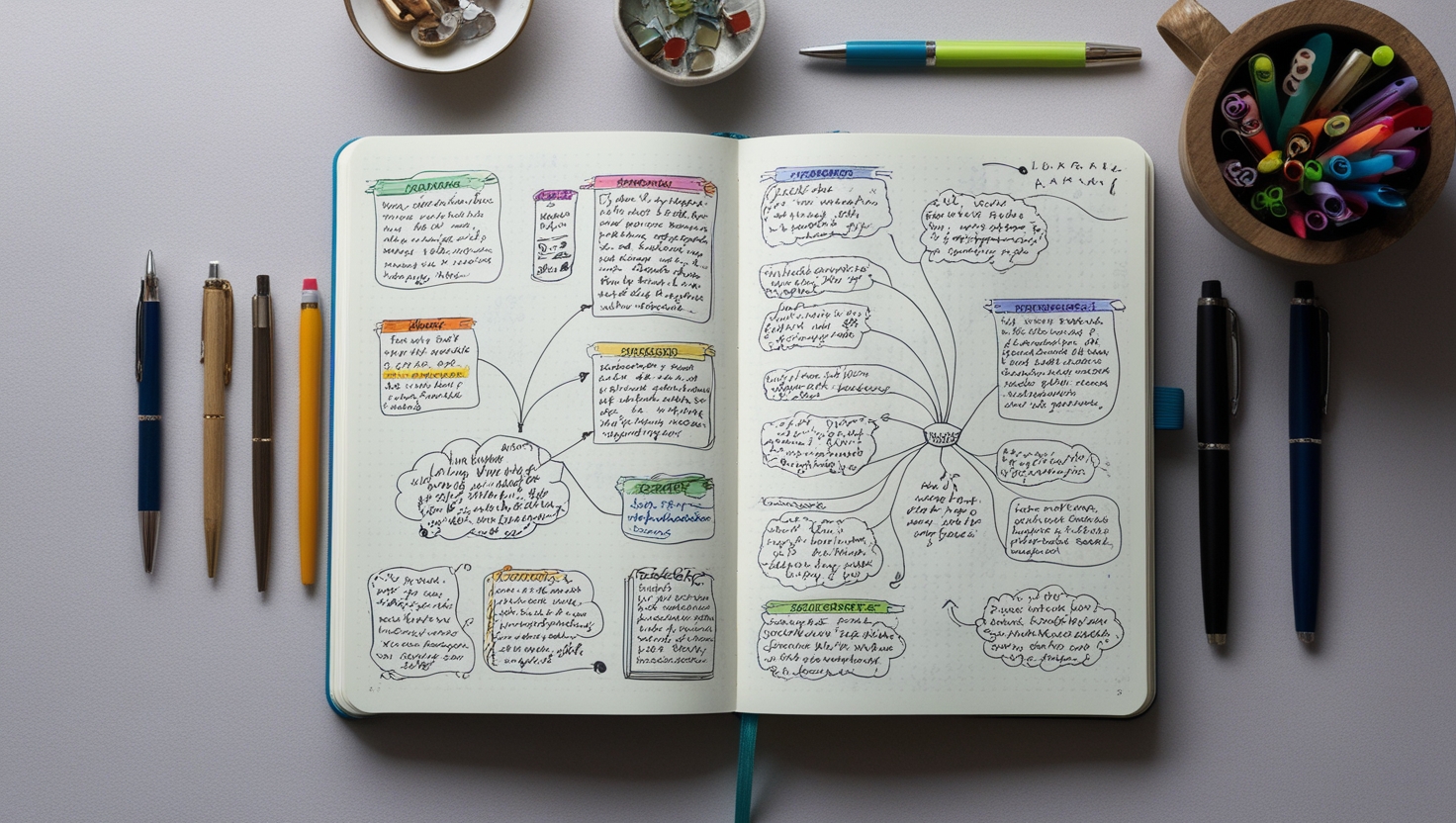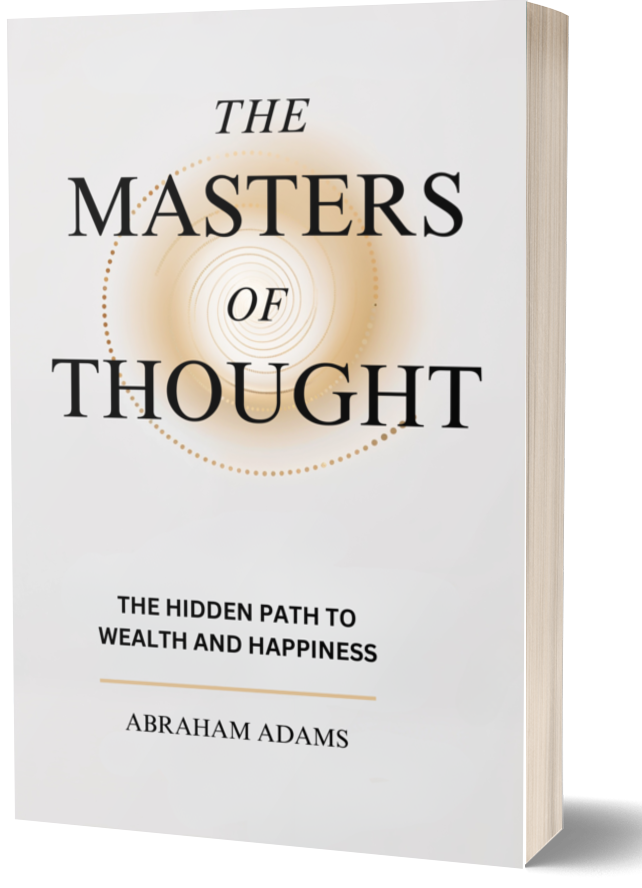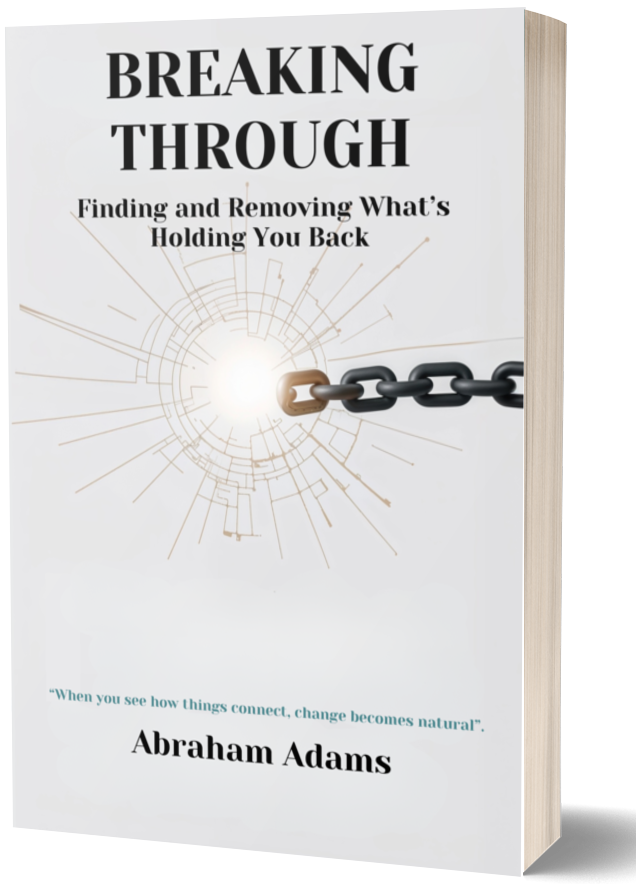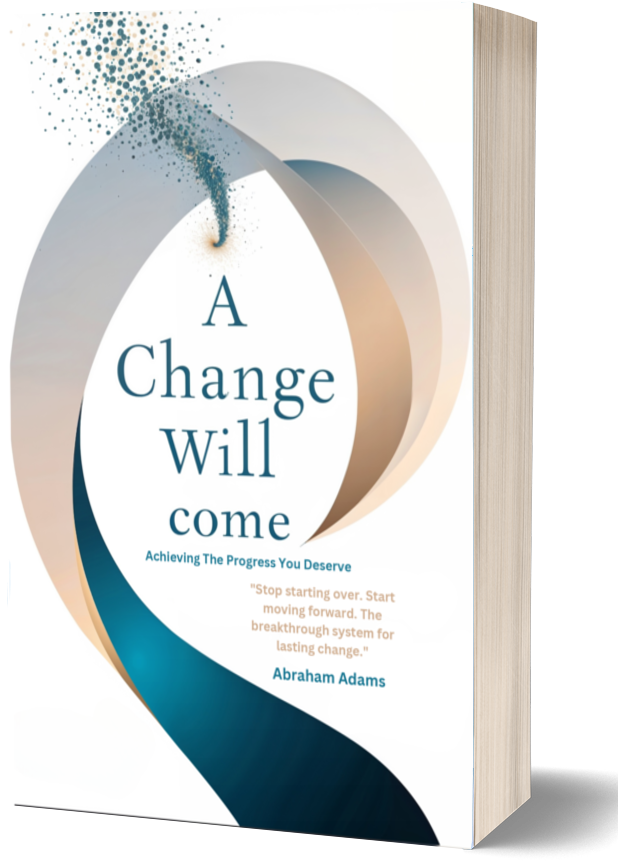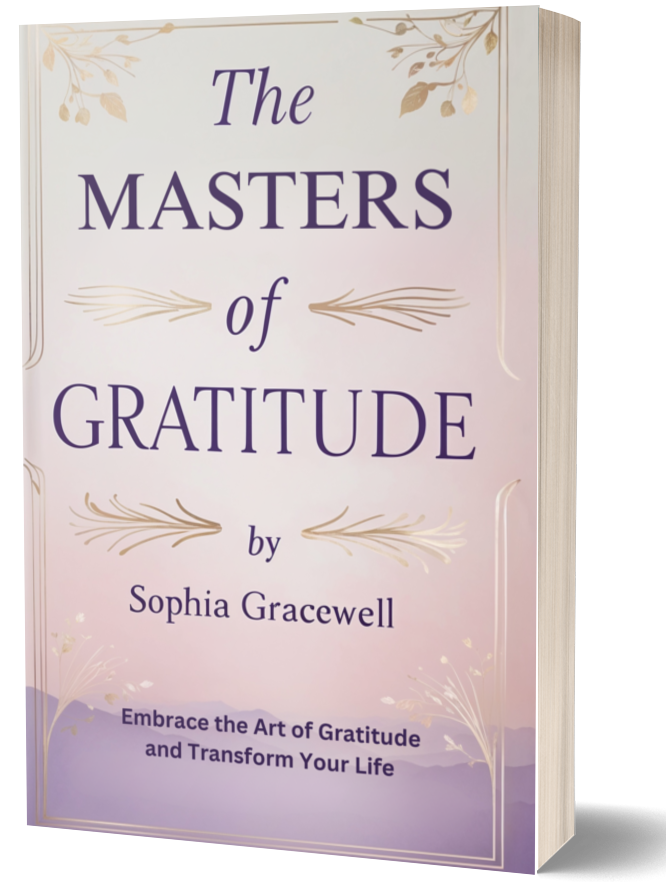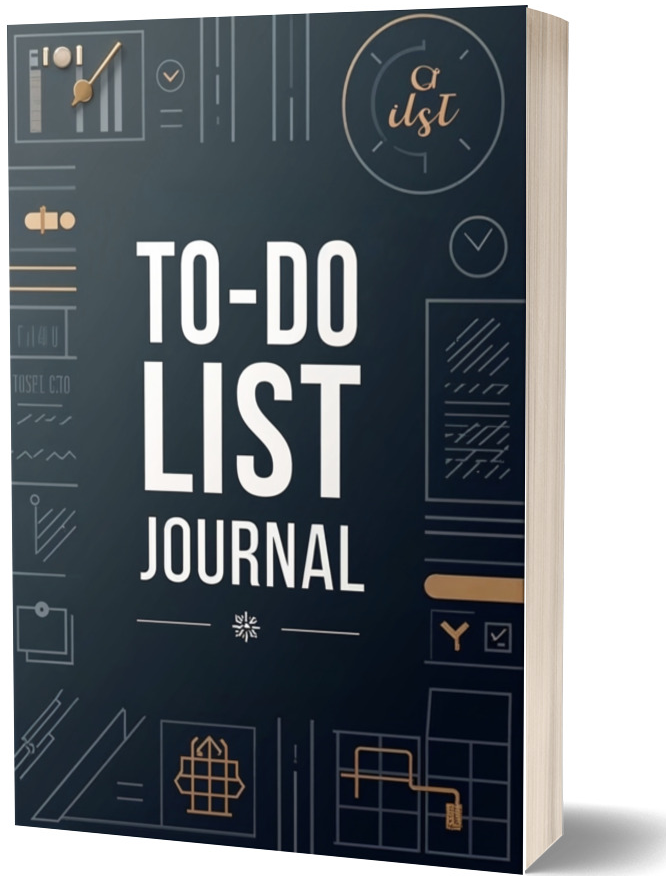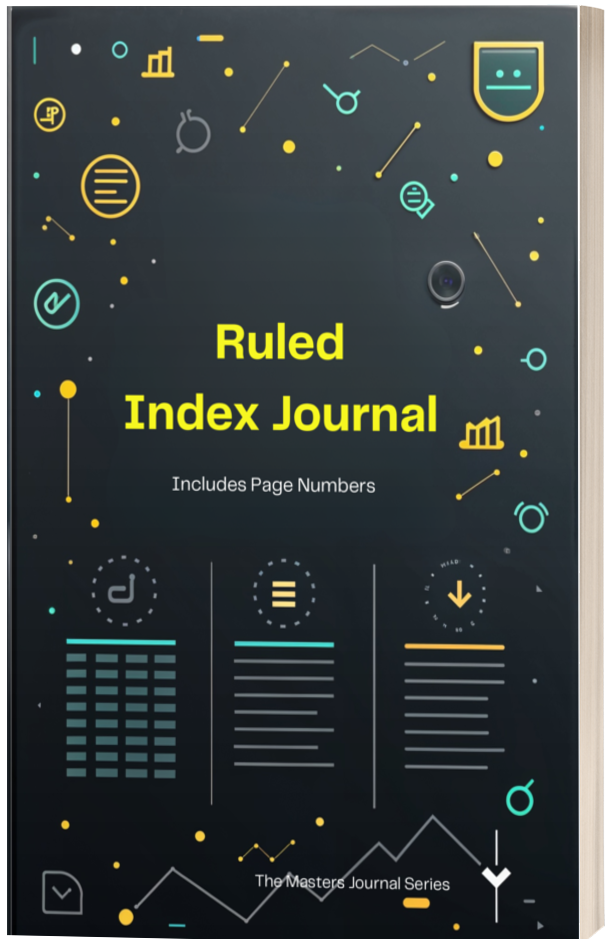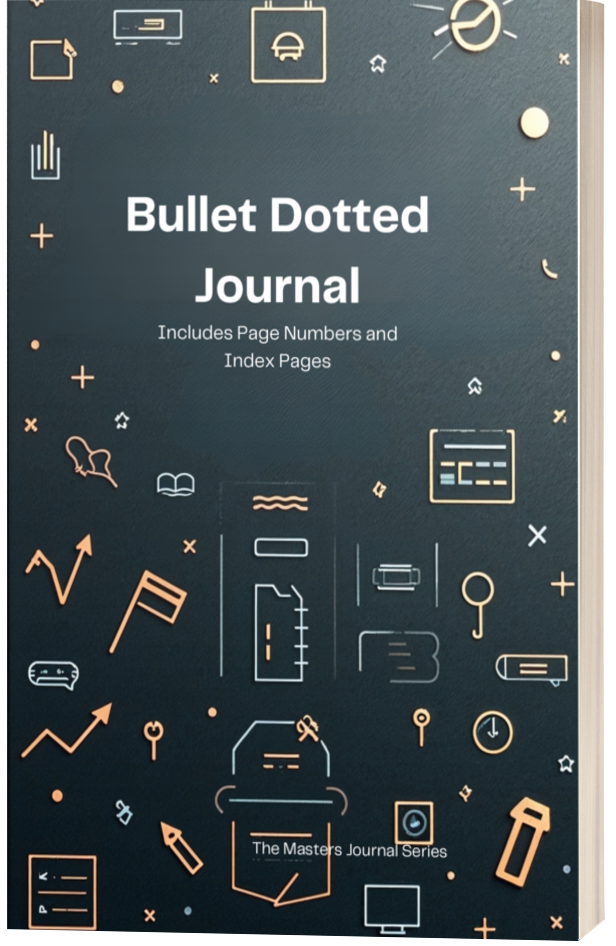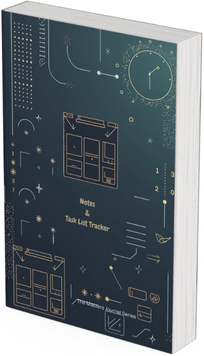Introduction: The Hidden Superpower of History's Greatest Minds
What did Leonardo da Vinci, Charles Darwin, and Marie Curie have in common? Beyond their genius, they all shared one crucial habit: they thought on paper.
Their notebooks weren't just records—they were thinking laboratories where breakthrough ideas were born.
In our digital age of endless distractions, this ancient practice has become more powerful than ever. While others struggle with mental overwhelm, those who think on paper gain an unfair advantage: crystal-clear thinking, innovative solutions, and the ability to turn confusion into clarity with nothing more than pen and paper.
Your brain is like a computer with too many browser tabs open. Thoughts bounce around, ideas slip away, and important insights get lost in the mental noise. What if you could clear that clutter and think with laser focus? The solution is simpler than you might imagine: think on paper.
This isn't just writing—it's externalizing your thoughts to see them clearly, connect ideas you've never connected before, and solve problems that seemed impossible. It's the difference between fumbling in a dark room and turning on the lights. In the next few minutes, you'll discover how to transform this simple practice into your secret weapon for better decisions, deeper insights, and a dramatically clearer mind.
Section 1: The Beginner's Foundation (Weeks 1-4)
Why Your Brain Needs Paper
Your working memory can only hold 3-7 pieces of information at once. When you think on paper, you free up that mental space and create a visual map of your thoughts. It's like having a conversation with yourself, but one where you can actually remember what you said five minutes ago.
Week 1-2: The Basic Brain Dump
Start with the simplest exercise: the daily brain dump.
Your First Exercise:
- Set a timer for 10 minutes
- Write continuously about whatever's on your mind
- Don't stop, don't edit, don't worry about grammar
- If you get stuck, write "I'm stuck" until new thoughts emerge
What you're building: The habit of externalizing thoughts without judgment.
Progress Marker: You've succeeded when you can fill a full page without stopping. Track this daily for two weeks.
Week 3-4: The Question Method
Now add structure to your thinking. Start each session with a specific question:
- "What's really bothering me about this situation?"
- "What am I trying to figure out?"
- "What would success look like here?"
Exercise:
- Write your question at the top of the page
- Spend 15 minutes exploring it on paper
- Circle or highlight insights that surprise you
Progress Marker: You're ready to advance when you regularly discover something you didn't know you were thinking.
Beginner Success Metrics:
- Consistency: Writing 5 days per week
- Duration: Comfortable writing for 15 minutes straight
- Discovery: Finding at least one "aha moment" per week
- Clarity: Feeling clearer about problems after writing
Section 2: The Intermediate Explorer (Weeks 5-12)
You've built the foundation. Now let's add power tools to your thinking arsenal.
The Connection Web
Your brain is a pattern-matching machine, but it needs help seeing the patterns. The Connection Web makes invisible relationships visible.
Exercise: The Topic Web
- Write your main topic in the center of the page
- Draw branches to related ideas, memories, or problems
- Connect different branches when you see relationships
- Use different colors for different types of connections
What you're building: The ability to see how seemingly unrelated ideas influence each other.
The Problem Dissection Method
Most problems feel overwhelming because we see them as monolithic. Break them apart.
Exercise: The 5-Layer Dig
- Layer 1: Write the problem as you first think of it
- Layer 2: Ask "What's really the problem here?" Write that answer
- Layer 3: Ask "What's underneath that?" Keep digging
- Layer 4: "What would have to be true for this to not be a problem?"
- Layer 5: "What's one small thing I could do about this today?"
Progress Marker: You're succeeding when problems that once felt impossible start feeling manageable.
The Perspective Shift
Your thoughts are often trapped in one viewpoint. Deliberately shift perspectives on paper.
Exercise: The Three Chairs Write about the same situation from three different perspectives:
- Your Chair: How you see it
- The Other Person's Chair: How someone else involved might see it
- The Observer's Chair: How a wise, neutral observer might see it
Intermediate Success Metrics:
- Problem-solving: Regularly solving problems that previously stumped you
- Pattern Recognition: Noticing connections between different areas of your life
- Emotional Clarity: Understanding your feelings better through writing
- Decision Making: Making decisions faster and with more confidence
Interactive Challenge: Choose one recurring problem in your life. Use each intermediate technique to explore it over one week. Rate your understanding of the problem before and after (1-10 scale).
Section 3: The Advanced Practitioner (Month 3+)
You're no longer just thinking on paper—you're architecting your thoughts. At this level, you become a master of your own mind.
The Systems Thinking Map
Complex challenges require systems thinking. Map the forces, feedback loops, and leverage points.
Exercise: The Influence Ecosystem
- Put your challenge in the center
- Map all the forces that influence it (people, systems, constraints, resources)
- Draw arrows showing how these forces interact
- Identify the high-leverage intervention points
- Design experiments to test your theories
The Time Travel Technique
Think across time horizons to gain perspective and make better long-term decisions.
Exercise: The Three Timelines For any decision or challenge, write from three time perspectives:
- Past Self: What would you tell your past self about this?
- Present Self: What are all your current options and their consequences?
- Future Self: Looking back from 5 years in the future, what matters most?
The Mental Model Mixer
Combine different mental models to gain unique insights.
Exercise: The Model Mashup
- Choose two different mental models (e.g., "First Principles" + "Opportunity Cost")
- Apply both to the same problem simultaneously
- Look for insights that emerge only when using both models together
- Create your own hybrid approach
The Meta-Thinking Session
Think about your thinking. This is where you become your own cognitive coach.
Exercise: The Thinking Audit Weekly, spend 30 minutes analyzing your thinking patterns:
- What types of problems do you avoid thinking about?
- What mental traps do you fall into repeatedly?
- Which thinking techniques work best for different types of challenges?
- How has your thinking changed over the past month?
Advanced Success Metrics:
- Strategic Thinking: Regularly making decisions that pay off months later
- Mental Agility: Switching between different thinking approaches fluidly
- Innovation: Regularly generating novel solutions or insights
- Teaching Others: Able to help others think through their problems
- Meta-Awareness: Conscious of your thinking patterns and able to adjust them
Advanced Challenge: Create your own thinking technique by combining elements from different approaches. Test it for a month and refine it based on results.
Measuring Your Progress: The Think-on-Paper Scorecard
Track your development with this monthly assessment:
Cognitive Metrics (Rate 1-10):
- Clarity: How clear are your thoughts after writing sessions?
- Insight Generation: How often do you discover new perspectives?
- Problem Resolution: How many problems do you actually solve?
- Decision Confidence: How confident do you feel in your decisions?
Behavioral Metrics:
- Consistency: Days per week you think on paper
- Duration: Average length of thinking sessions
- Application: Times per week you use insights in real life
- Teaching: Times per month you help others think through problems
Life Impact Metrics:
- Stress Levels: Has regular thinking on paper reduced your stress?
- Relationship Quality: Are you better at understanding others' perspectives?
- Work Performance: Are you solving work problems more effectively?
- Personal Growth: Are you making progress on long-term goals?
Making It Stick: Your 90-Day Implementation Plan
Days 1-30: Master the basics. Focus on consistency over complexity. Days 31-60: Add intermediate techniques. Experiment with different approaches. Days 61-90: Develop your advanced practice. Create your own methods.
Daily Minimums:
- Beginner: 10 minutes of brain dumping
- Intermediate: 20 minutes of structured thinking
- Advanced: 30 minutes including meta-thinking
Weekly Reviews: Every Sunday, spend 15 minutes reviewing your thinking from the week:
- What problems did you solve?
- What patterns did you notice?
- What do you want to think about next week?
The Compound Effect of Clear Thinking
Thinking on paper isn't just about solving today's problems—it's about upgrading your mind's operating system. Each session builds your capacity for clarity, creativity, and wisdom. A year from now, you'll look back amazed at how much sharper your thinking has become.
The most successful people in every field share this habit: they think on paper. They don't trust their minds to hold everything, and they don't leave their best insights to chance. They externalize their thoughts, examine them, and use them to build better lives.
Your journey starts with a blank page and a simple question: "What am I thinking about right now?"
The page is waiting. Your thoughts are ready. Begin.

